Developed in 2022, as a collaboration between the Consumer Data Research Centre and consumer group Which?, the Priority Places for Food Index makes it easy for policy makers to identify neighbourhoods most in need of support and understand the factors driving the need in that area.
What is the Priority Places for Food Index?
The Priority Places for Food Index (PPFI) is a composite index and interactive map.
The tool enables policy makers to identify places across the UK that are most in need of support to access affordable food and to understand the factors driving that need in each area.
The index is constructed using open data across seven domains
- Proximity to supermarket retail facilities
- Accessibility to supermarket retail facilities
- Proximity to non-supermarket food provision
- Access to online deliveries
- Fuel poverty
- Socio-demographic barriers
- Need for family food support
The PPFI builds on Dr Andy Newing’s work on e-Food Deserts, with additional domains relating to fuel poverty and family food support.
The index is developed at the geographic level of Lower Super Output Areas in England and Wales, Data Zones in Scotland and Super Output Areas in Northern Ireland (2011 boundaries). Data for all countries are included where possible, but some indicators are not available across all countries.
Find out more about how the index was developed.
How do Which? use the Priority Places for Food Index?
The Priority Places for Food Index underpinned Which?’s Affordable Food for All campaign.
The campaign called on supermarkets to commit to clear pricing and better access to budget ranges that enable healthy choices and more offers for those who need them most.
Campaign achievements included:
- More than 113,000 people signed Which?’s petition urging supermarkets to take action.
- Morrisons and Sainsbury’s introduced dozens of budget-range items at hundreds of their convenience stores nationwide.
- Tesco also introduced over 50 cheaper alternative products at thousands of its convenience stores.
- The government vowed to make unit pricing on groceries clearer by changing the law.
- The Competition and Markets Authority announced an inquiry into loyalty pricing after Which? research found that not all loyalty card deals are as good as they seem.
- Tesco will now display unit pricing on Clubcard offers both online and in-store, which will help their customers compare prices and find the best deal.

How else is the Priority Places for Food Index being used?
The index is being used by policymakers, academics, charities, retailers, nutritionists, consumer groups, and educators, across the UK, in their efforts to improve access to affordable and healthy food.
- Aberdeen City Council are using PPFI in their Health Inequalities Atlas
- Cheshire East Council used PPFI in their Joint Strategic Needs Assessment
- PPFI is being used by charities and campaign groups including City Harvest, Food Foundation and Veg Power
- Westminster City Council cited PPFI in their decision to designate Dean Street Tesco store in Soho as an Asset of Community Value
- Asda are using PPFI to provide essentials to high priority areas; to target convenience stores to areas most in need; to understand the impact of HFSS legislation across PPFI deciles and to facilitate collaboration across business teams at Asda.
- PPFI is being used by researchers on the DIO Food project to evaluate the impact of HFSS legislation in different types of communities. The team are working with ASDA, Morrisons, Sainsbury’s and Tesco, who collectively represent 65%* of supermarket sales, to understand the impact of the HFSS legislation restricting location placement of HFSS products.
“At Good Food Oxfordshire we’ve worked very closely with the county and district councils to develop and implement a food strategy for Oxfordshire.
The PPFI is a core metric for some of our top priority areas, such as reducing food poverty. We like the PPFI because it’s relevant to us, it’s multi-dimensional – so we can use it holistically or with different dimensions of food insecurity, it’s easy to explain, and it can be tested and developed against our practical realities locally.”
Stuart Newstead, Non-executive director, Good Food Oxfordshire
Priority Places for Food Index Team
- Prof Michelle Morris
- Dr Fran Pontin
- Dr Rachel Oldroyd
- Dr Andy Newing
- Prof Nik Lomax
- Robyn Naisbitt
- Dr Emily Ennis
- Peter Baudains
- Alexander Hambley



